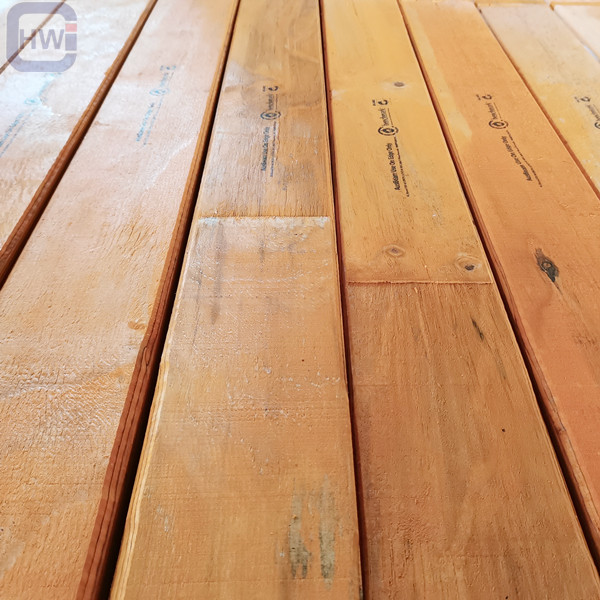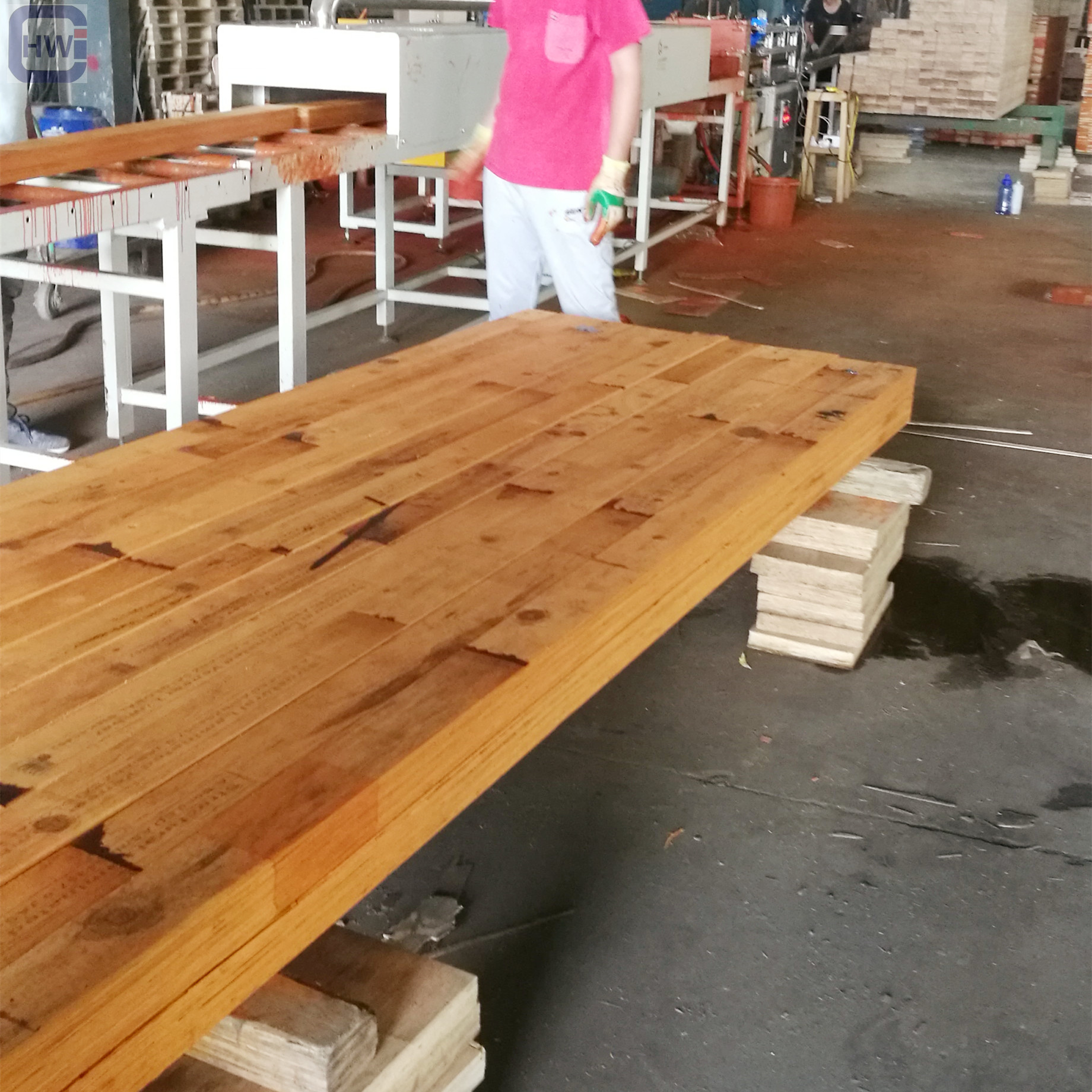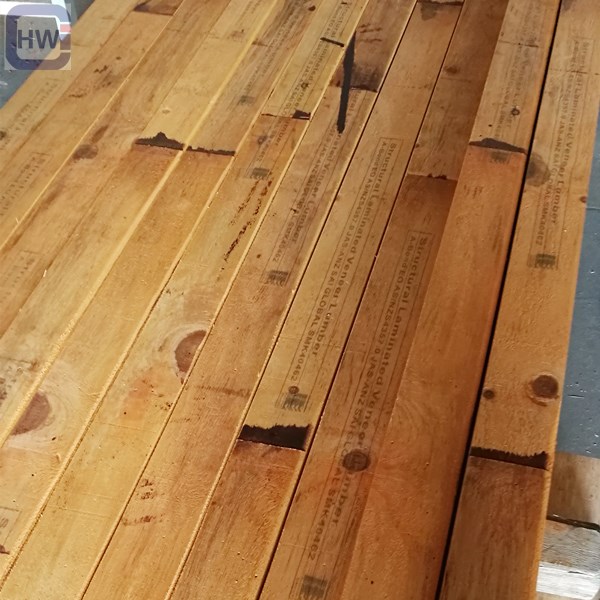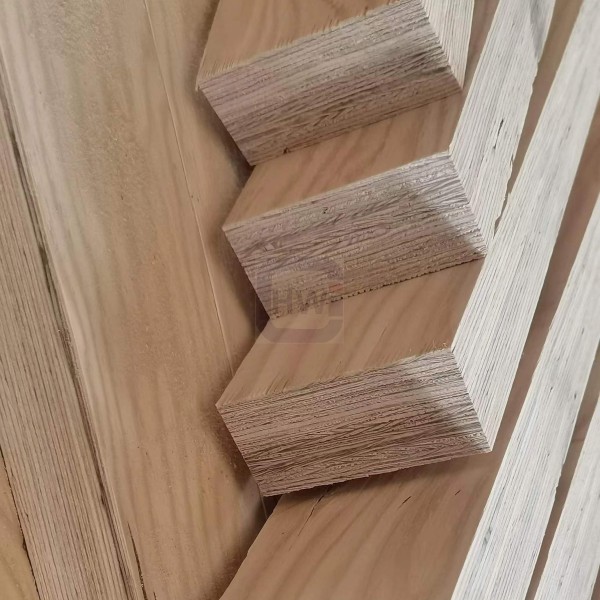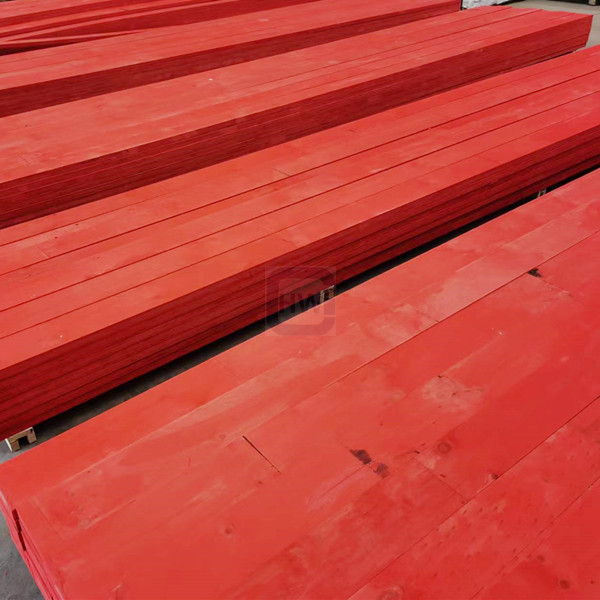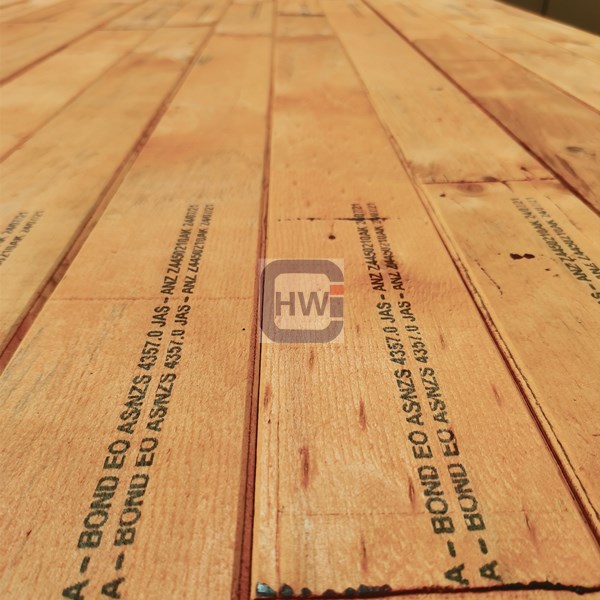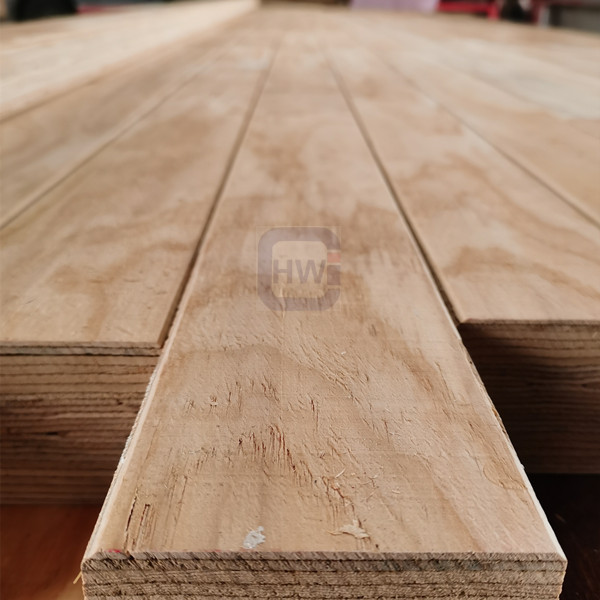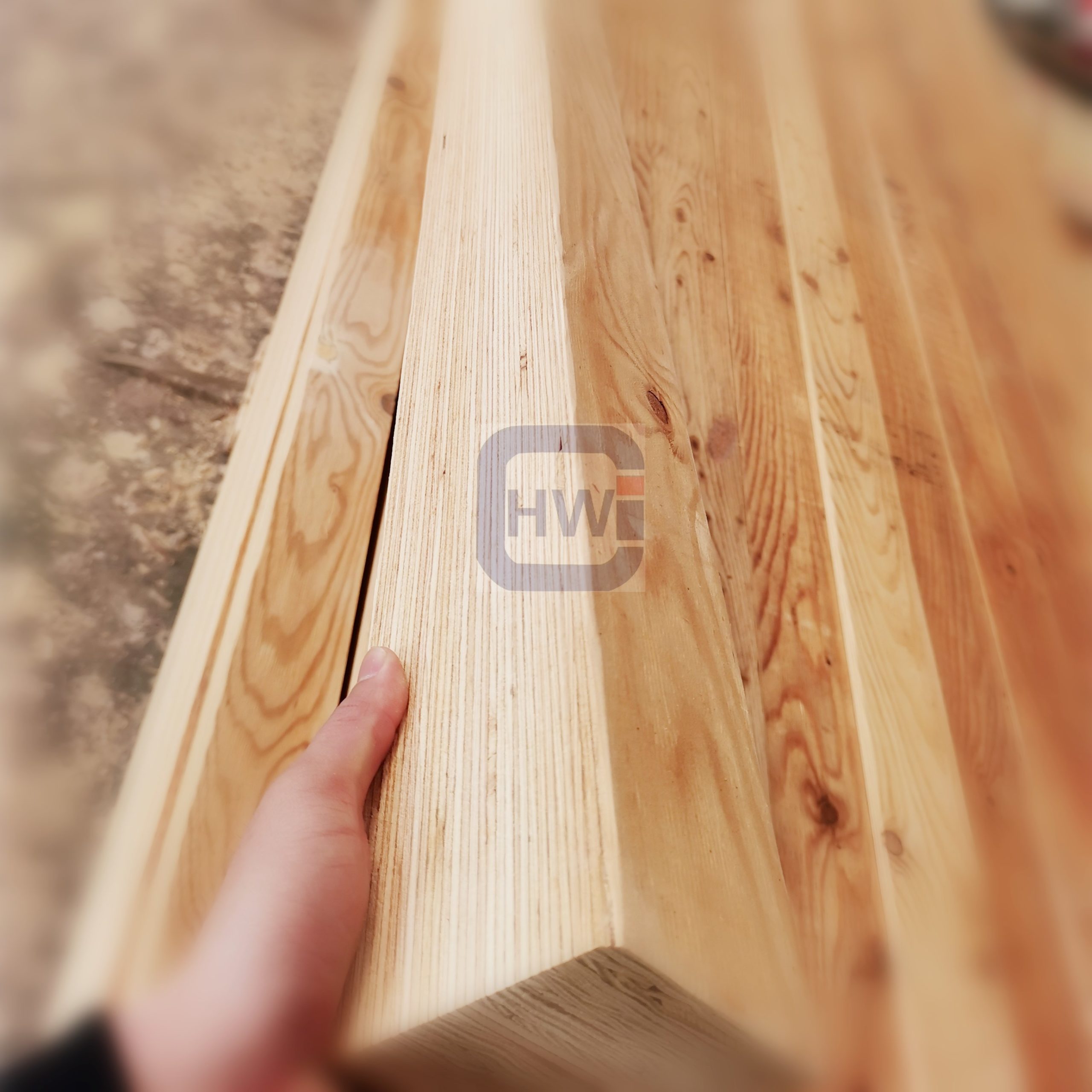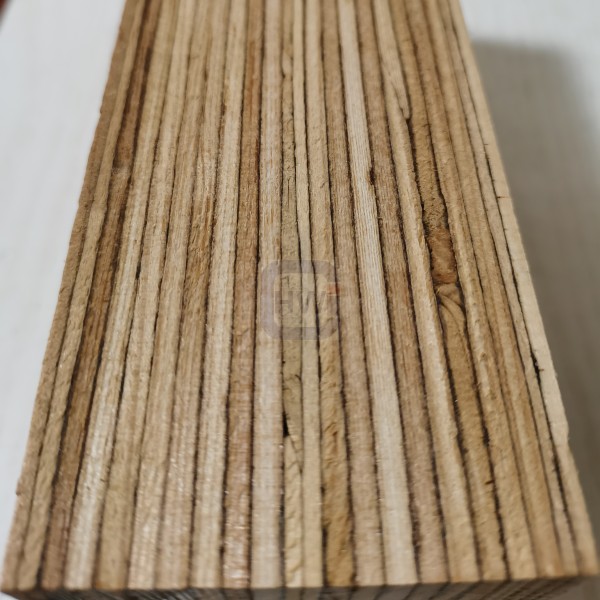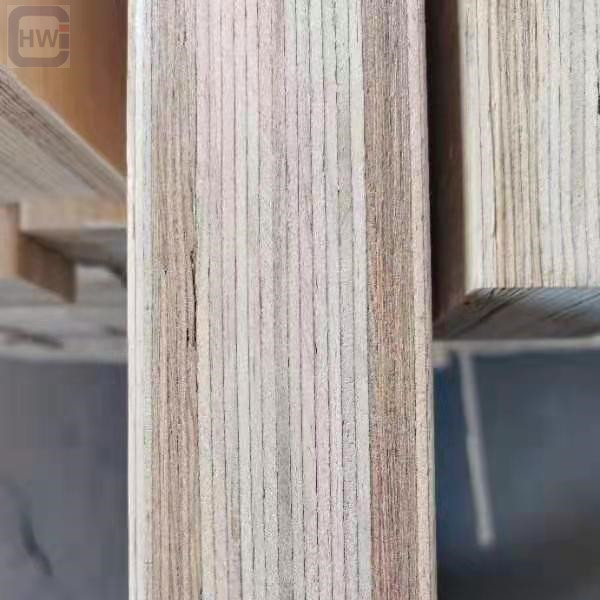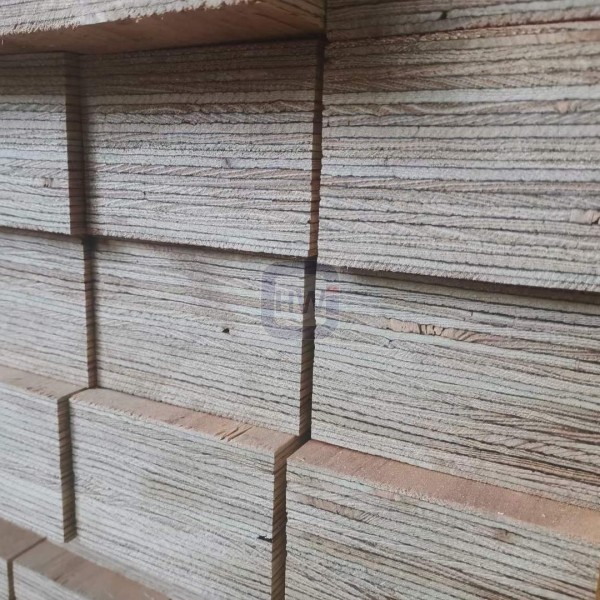LVL Beam
-
AS/NZS 4357 Pine LVL Formwork Beam
Laminated veneer lumber (LVL) is an engineered wood product that uses multiple layers of thin wood assembled with adhesives . Formwork LVL beams are designed for the high load-bearing and corrosive environment of the concrete formwork industry and are used as formwork bearers, joists, soldiers and walers. The slow growing plantation timber veneers make e-form one of the highest load bearing formwork LVL beams in Australia. A high wax loading in the moisture-repellent coating improves its dimensional stability and extends its life and cost effectiveness.
-
AS/NZS 4357 Structural LVL Timber
Laminated veneer lumber (LVL) is an engineered wood product that uses multiple layers of thin wood assembled with adhesives . Formwork LVL beams are designed for the high load-bearing and corrosive environment of the concrete formwork industry and are used as formwork bearers, joists, soldiers and walers. The slow growing plantation timber veneers make e-form one of the highest load bearing formwork LVL beams in Australia. A high wax loading in the moisture-repellent coating improves its dimensional stability and extends its life and cost effectiveness.
-
Formwork LVL 95*65MM
Laminated veneer lumber (LVL) is an engineered wood product that uses multiple layers of thin wood assembled with adhesives . Formwork LVL beams are designed for the high load-bearing and corrosive environment of the concrete formwork industry and are used as formwork bearers, joists, soldiers and walers. The slow growing plantation timber veneers make e-form one of the highest load bearing formwork LVL beams in Australia. A high wax loading in the moisture-repellent coating improves its dimensional stability and extends its life and cost effectiveness.
-
Framing LVL Beam
Laminated veneer lumber (LVL) is an engineered wood product that uses multiple layers of thin wood assembled with adhesives . It is typically used for headers, beams, rimboard, and edge-forming material. LVL offers several advantages over typical milled lumber: Made in a factory under controlled specifications, it is stronger, straighter, and more uniform. Due to its composite nature, it is much less likely than conventional lumber to warp, twist, bow, or shrink. LVL is a type of structural composite lumber, comparable to glued laminated timber (glulam) but with a higher allowable stress.
-
Full Pine LVL Used for Construction Cement Damper
- Full Pine LVL Used for Construction Cement Damper
- Loading Quantity: 40’HQ-24pallets/50CBM
- MOQ: 1X40’FCL
- Supply Ability: 5000CBM/Month
- Payment Terms: T/T or L/C
- Delivery Time: Within 20 days after deposit confirmation
- Certification: CE, FSC, EUTR, CARB,EPA, JAS, ISO
- Material: Radiata Pine
- Thickness: 36mm/45mm/custom
- Glue: Phenolic-WBP/Custom
- Formaldehyde Release: E0≤0.5mg/L, E1≤1.5mg/L, E2≤5.0mg/L
- Density: 560KGS/CBM
- Moisture Content: <12%
-
HW Formwork LVL Beam, Structure LVL
- Loading Quantity: 20’GP-8pallets/22CBM, 40’HQ-18pallets/50CBM
- MOQ: 1X20’FCL
- Supply Ability: 5000CBM/Month
- Payment Terms: T/T or L/C
- Delivery Time: Within 20 days after deposit confirmation
- Certification: CE, FSC, EUTR, CARB,EPA, JAS, ISO
- AS Standard: AS/NZS 4357
- Material: Radiata Pine, Russia Larch
- Thickness: 35-95mm/custom
- Glue: Phenolic-WBP/Custom
- Formaldehyde Release: E0≤0.5mg/L, E1≤1.5mg/L, E2≤5.0mg/L
- Density: 560-700KGS/CBM
- Moisture Content: <12%
-
HW Pine LVL Formwork Beam
Laminated veneer lumber (LVL) is an engineered wood product that uses multiple layers of thin wood assembled with adhesives . Formwork LVL beams are designed for the high load-bearing and corrosive environment of the concrete formwork industry and are used as formwork bearers, joists, soldiers and walers. The slow growing plantation timber veneers make e-form one of the highest load bearing formwork LVL beams in Australia. A high wax loading in the moisture-repellent coating improves its dimensional stability and extends its life and cost effectiveness.
-
Laminated Veneer Lumber (LVL)
Laminated veneer lumber (LVL) is an engineered wood product that uses multiple layers of thin wood assembled with adhesives . Formwork LVL beams are designed for the high load-bearing and corrosive environment of the concrete formwork industry and are used as formwork bearers, joists, soldiers and walers. The slow growing plantation timber veneers make e-form one of the highest load bearing formwork LVL beams in Australia. A high wax loading in the moisture-repellent coating improves its dimensional stability and extends its life and cost effectiveness.
-
Laminated Veneer Lumber (LVL) Engineered Wood
Laminated veneer lumber (LVL) is an engineered wood product that uses multiple layers of thin wood assembled with adhesives . It is typically used for headers, beams, rimboard, and edge-forming material. LVL offers several advantages over typical milled lumber: Made in a factory under controlled specifications, it is stronger, straighter, and more uniform. Due to its composite nature, it is much less likely than conventional lumber to warp, twist, bow, or shrink. LVL is a type of structural composite lumber, comparable to glued laminated timber (glulam) but with a higher allowable stress.
-
LVL E13 90 X 45 H2
Laminated veneer lumber (LVL) is an engineered wood product that uses multiple layers of thin wood assembled with adhesives . Formwork LVL beams are designed for the high load-bearing and corrosive environment of the concrete formwork industry and are used as formwork bearers, joists, soldiers and walers. The slow growing plantation timber veneers make e-form one of the highest load bearing formwork LVL beams in Australia. A high wax loading in the moisture-repellent coating improves its dimensional stability and extends its life and cost effectiveness.
-
LVL Formwork Beam
Laminated veneer lumber (LVL) is an engineered wood product that uses multiple layers of thin wood assembled with adhesives . Formwork LVL beams are designed for the high load-bearing and corrosive environment of the concrete formwork industry and are used as formwork bearers, joists, soldiers and walers. The slow growing plantation timber veneers make e-form one of the highest load bearing formwork LVL beams in Australia. A high wax loading in the moisture-repellent coating improves its dimensional stability and extends its life and cost effectiveness.
-
Structural LVL Timber
Laminated veneer lumber (LVL) is an engineered wood product that uses multiple layers of thin wood assembled with adhesives . It is typically used for headers, beams, rimboard, and edge-forming material. LVL offers several advantages over typical milled lumber: Made in a factory under controlled specifications, it is stronger, straighter, and more uniform. Due to its composite nature, it is much less likely than conventional lumber to warp, twist, bow, or shrink. LVL is a type of structural composite lumber, comparable to glued laminated timber (glulam) but with a higher allowable stress.
LVL Beam introduction
Laminated Veneer Lumber (LVL) is a type of engineered wood product that is commonly used as a structural beam in building construction. LVL beams are made by layering thin wood veneers together with adhesive and then bonding them under heat and pressure to create a strong and stable product. LVL beams have many advantages over traditional solid wood beams. They are often more uniform in strength and size, which means they are less likely to warp, twist or crack. They can also be manufactured to longer lengths than solid wood beams, which reduces the need for splice joints and simplifies construction. LVL beams can be used in a variety of applications, including in residential and commercial construction for floor and roof framing, beams, headers, and lintels. They are also used in manufacturing furniture, door and window frames, and other wood products. Overall, LVL beams are a durable and cost-effective solution for structural framing applications that require a strong, reliable, and uniform product.Lvl Beam Feature
- Strength: LVL beams are stronger than traditional solid wood beams, which means they can support heavier loads and span longer distances.
- Stability: LVL beams are less likely to warp, twist or shrink compared to solid wood beams. This is due to the use of multiple thin layers of wood veneers, which are bonded together with adhesives to create a more stable product.
- Uniformity: LVL beams are manufactured to be more uniform in size and strength compared to solid wood beams, which can make them easier to work with and reduce the need for on-site adjustments.
- Versatility: LVL beams can be used in a variety of applications, including in residential and commercial construction for floor and roof framing, beams, headers, and lintels. They are also used in manufacturing furniture, door and window frames, and other wood products.
- Sustainability: LVL beams are made from fast-growing plantation trees, which makes them a sustainable choice compared to solid wood beams made from slower-growing trees.

